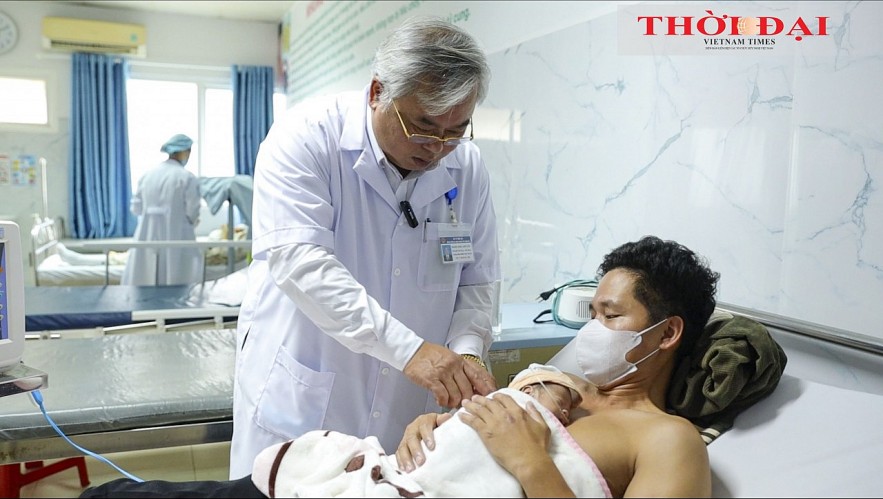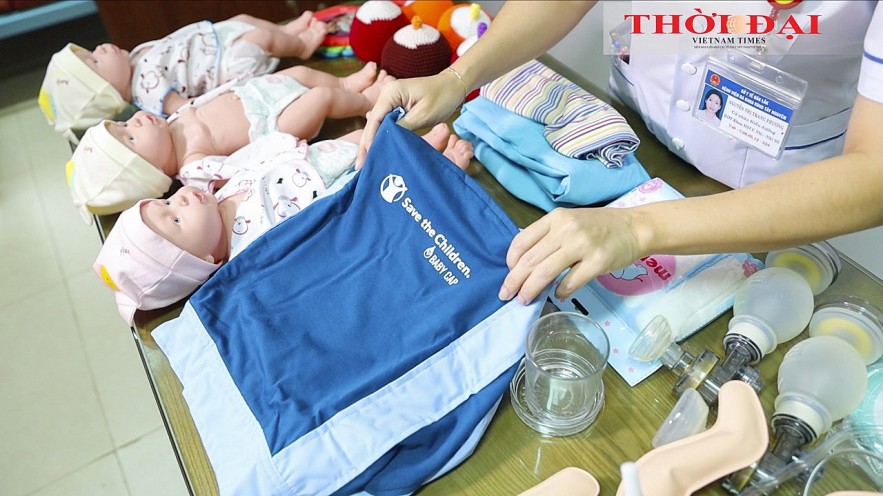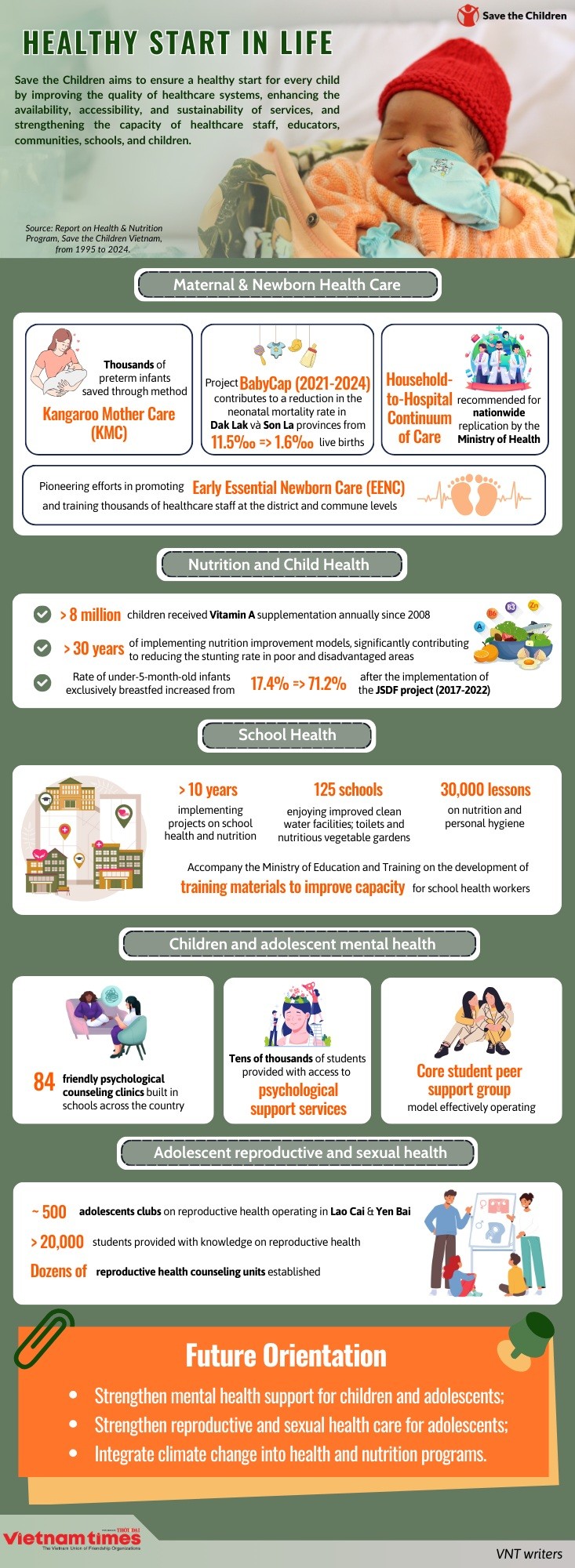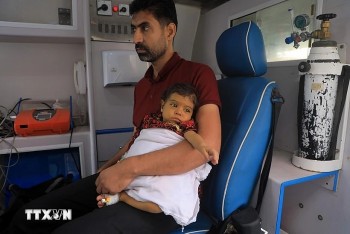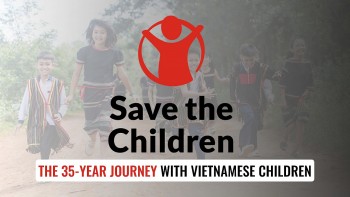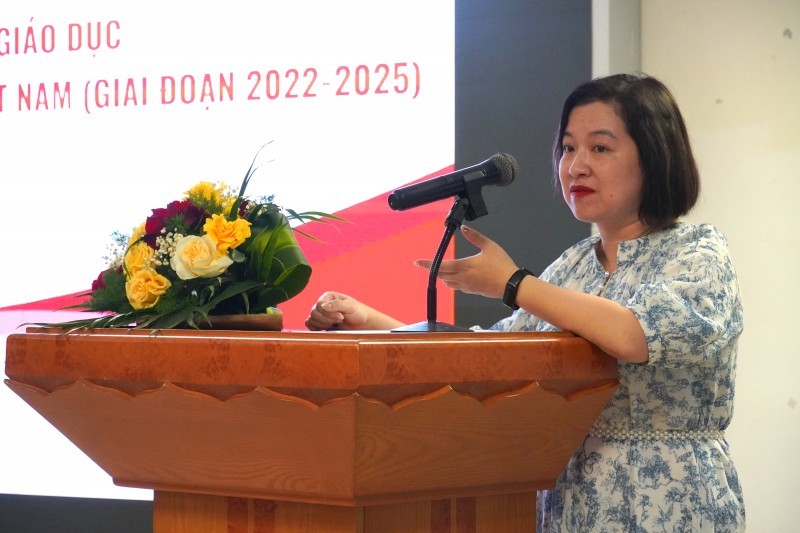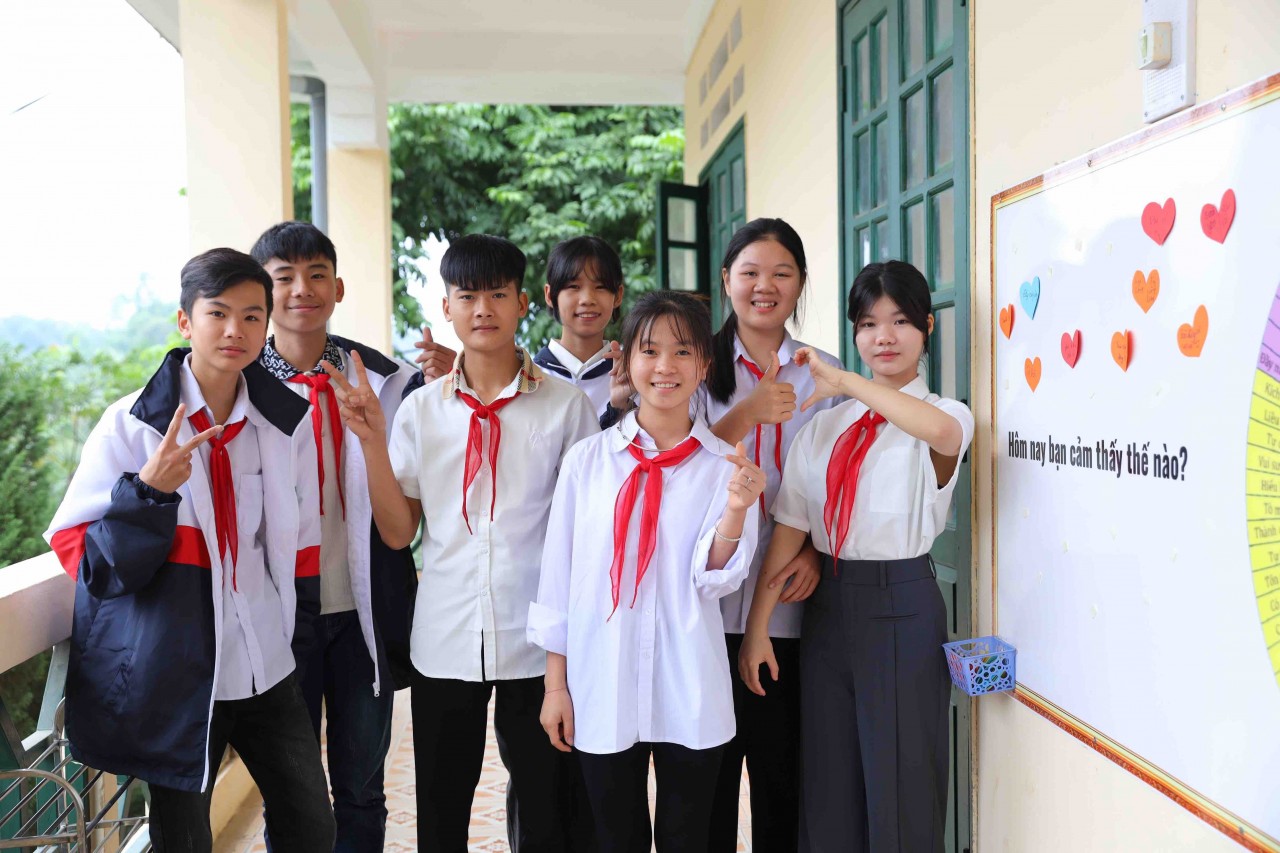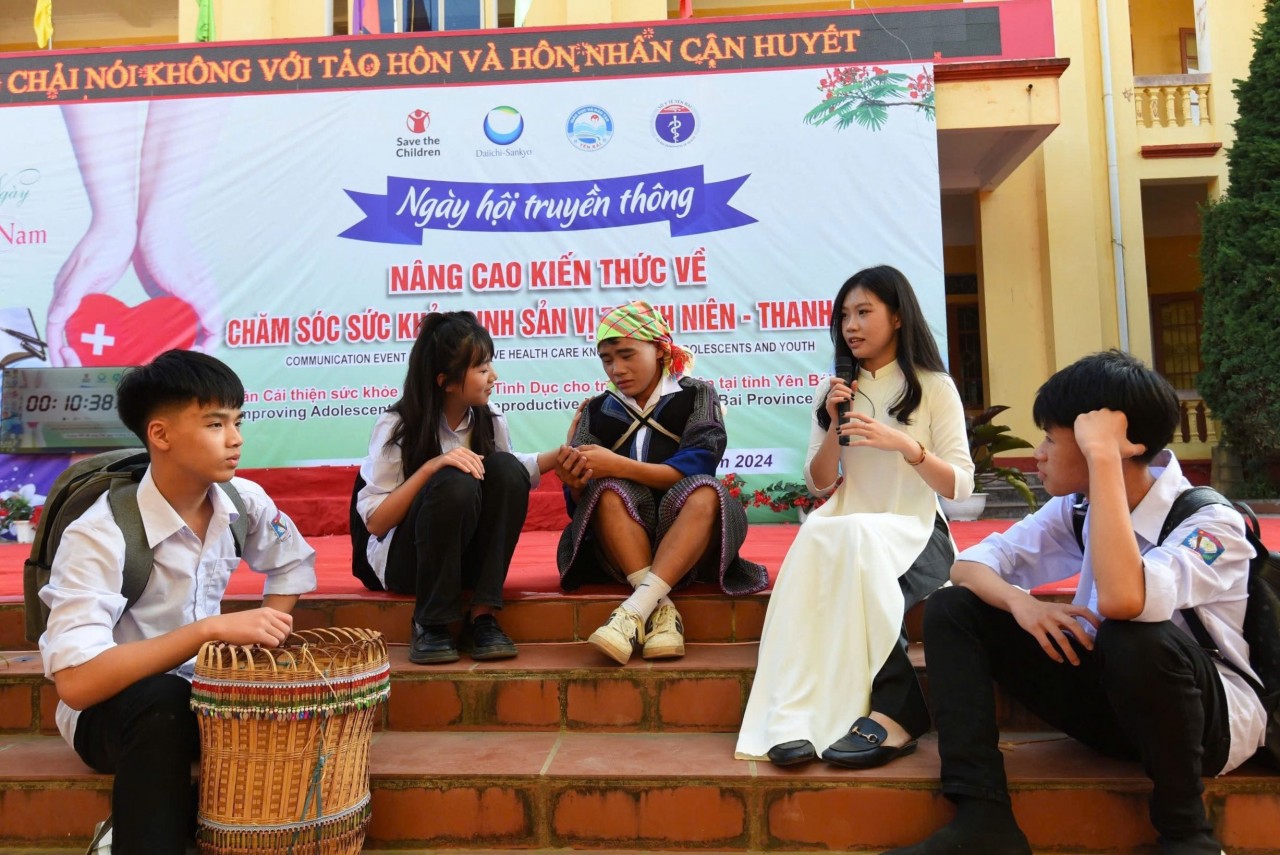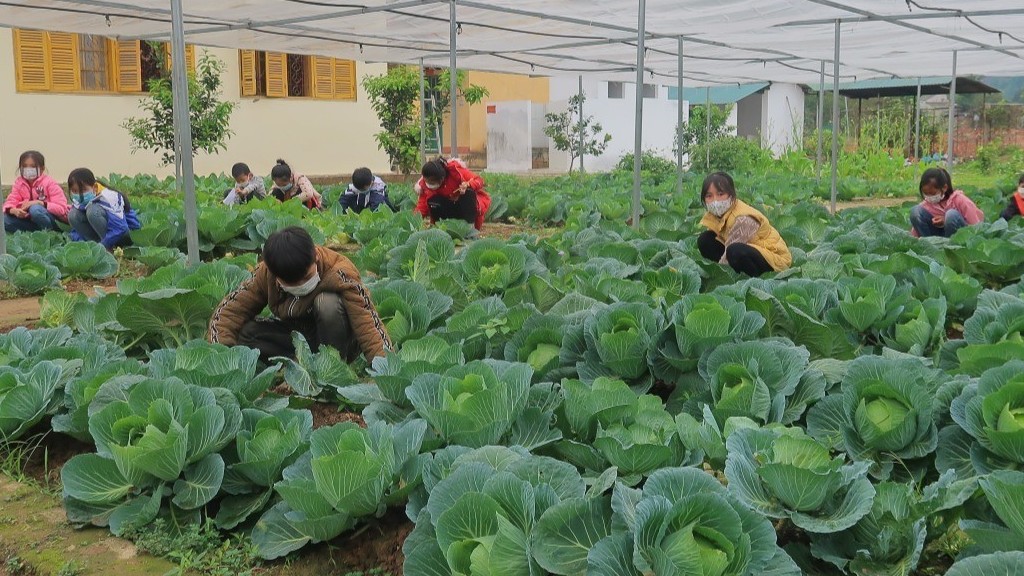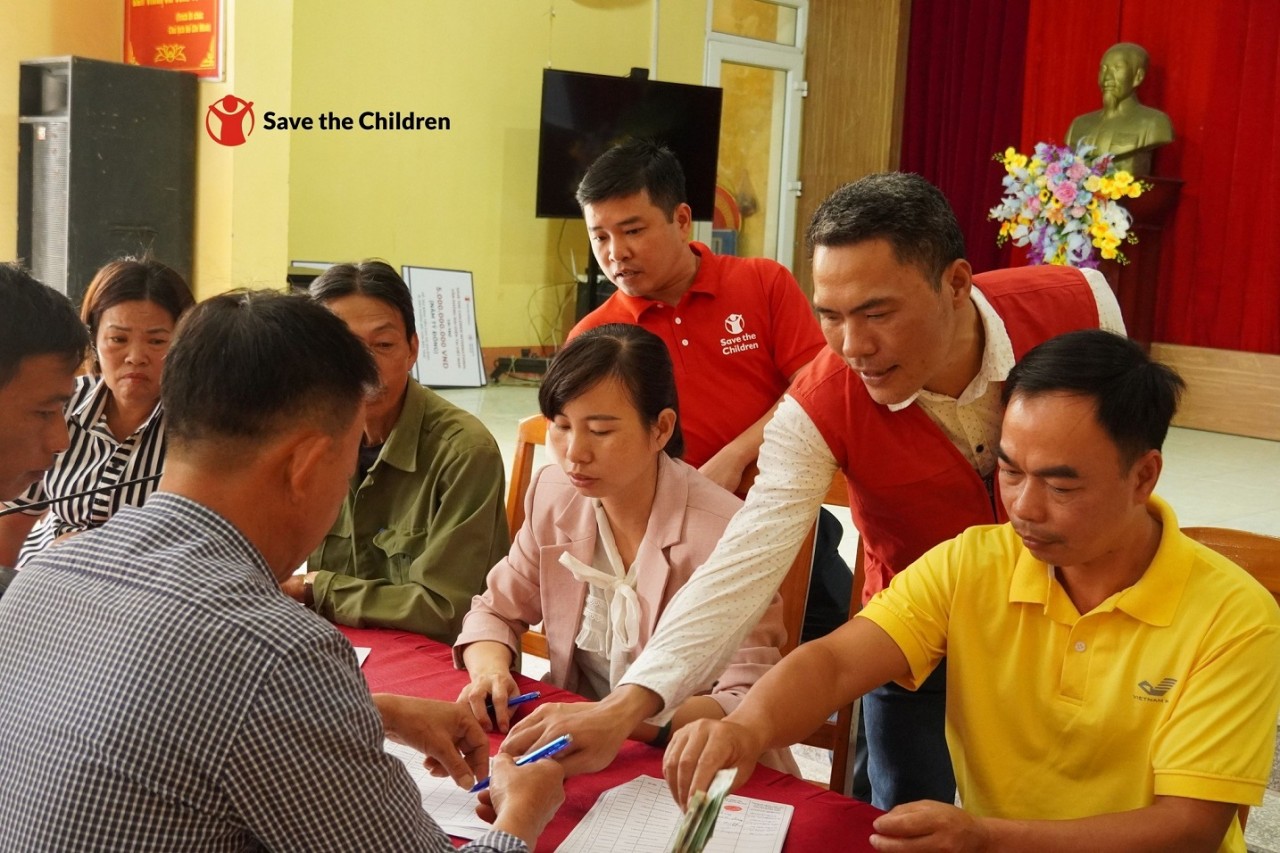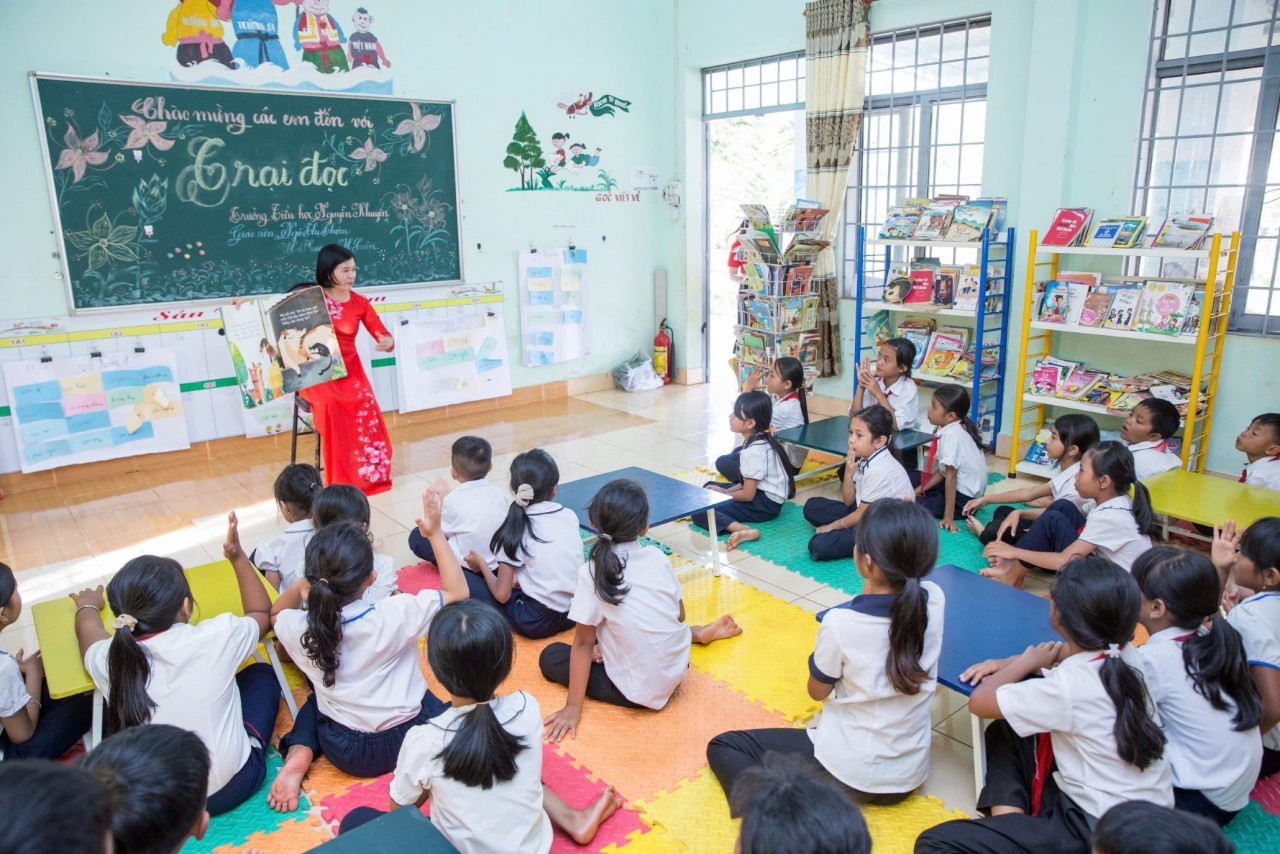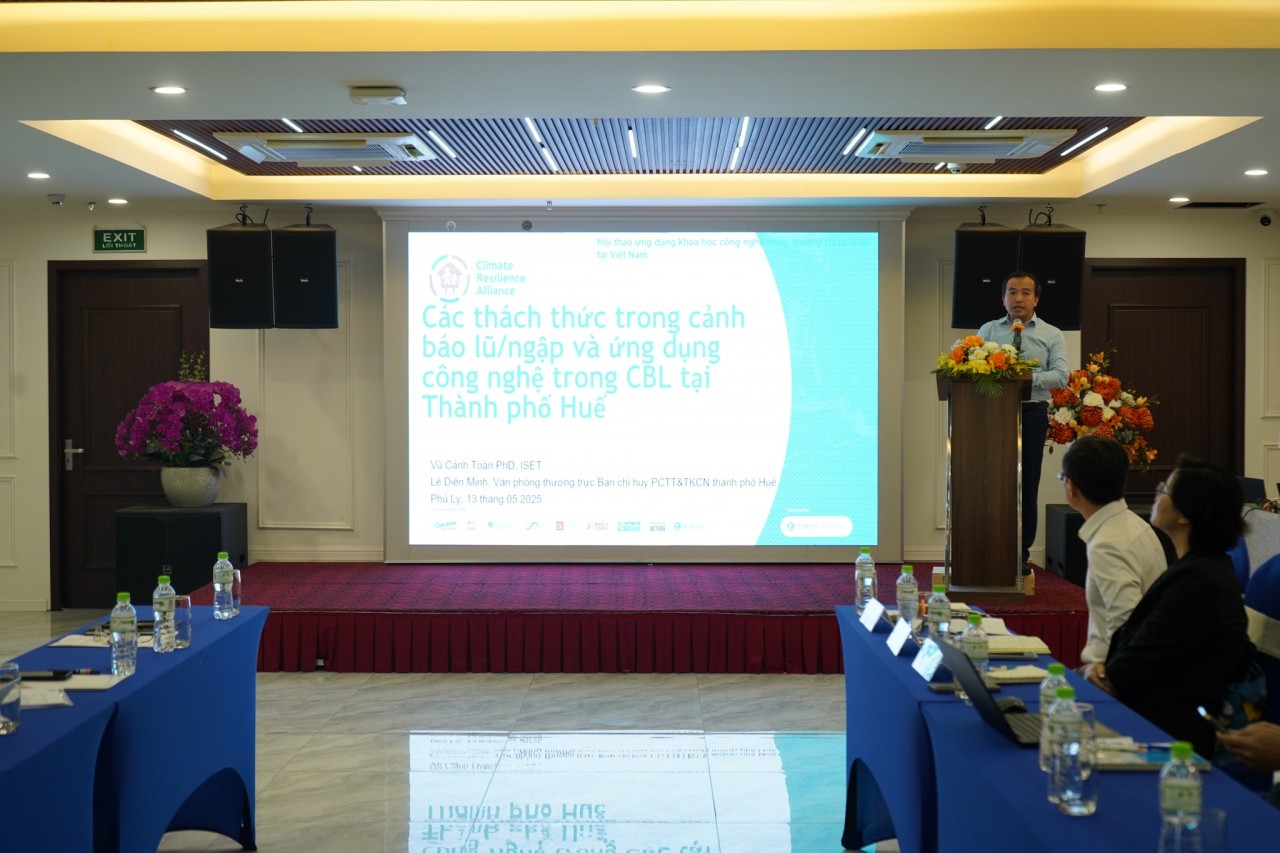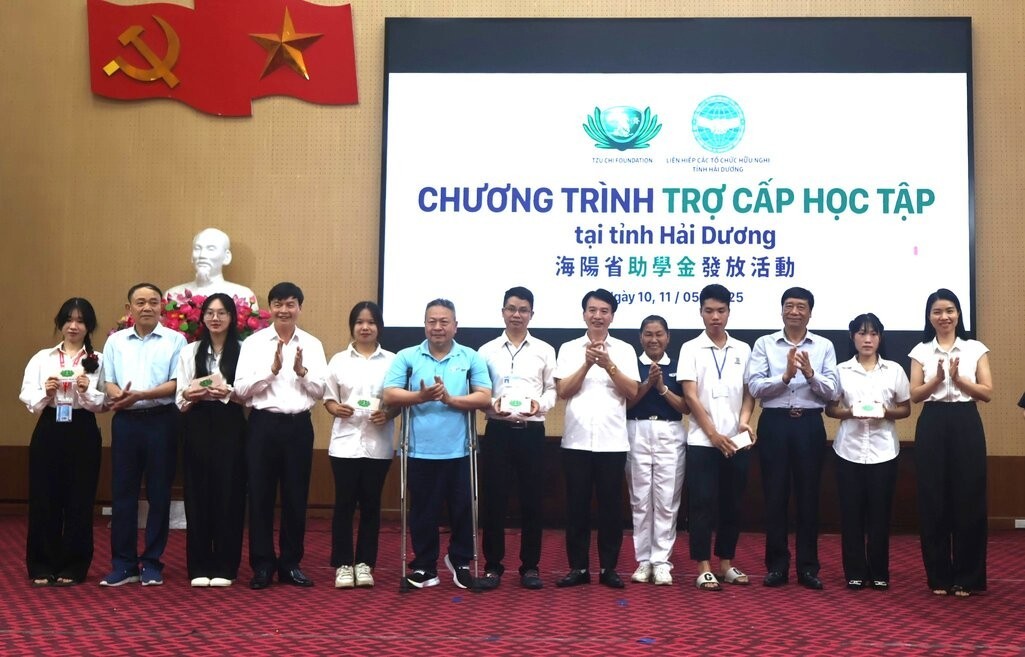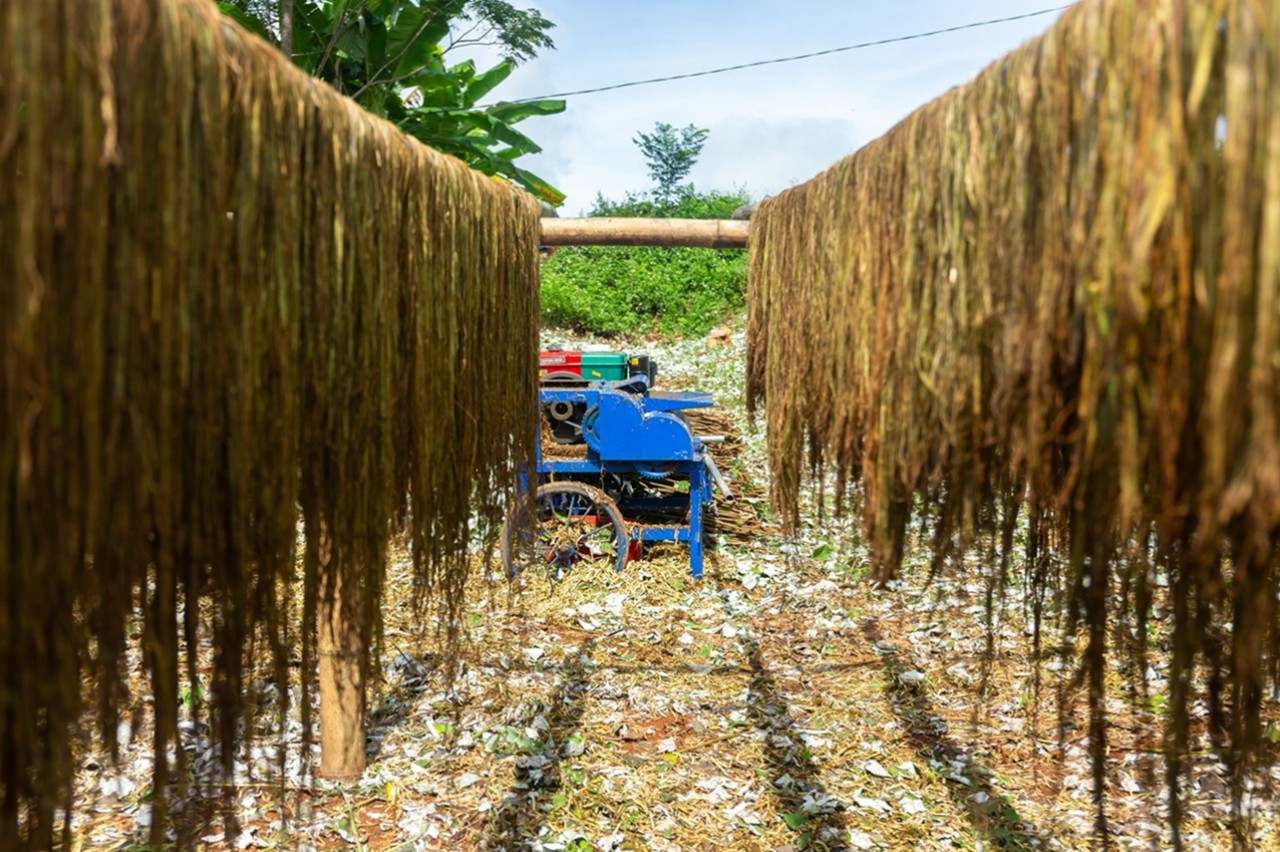| NUOY: Bringing Miracle of Medicine to Children with Birth Defects in Vietnam | |
| ORBIS, Central Eye Hospital Fight Blindness in Vietnam |
Miracle from mother's warmth
On a late November day in 2024, we returned to Ea Trang Commune, M’Drak District, Dak Lak Province. In front of her house, 25-year-old H’Me Nie was playing with her daughter, Galy. Once a premature, underweight newborn, the little girl is now a healthy, bright-eyed, and energetic toddler.
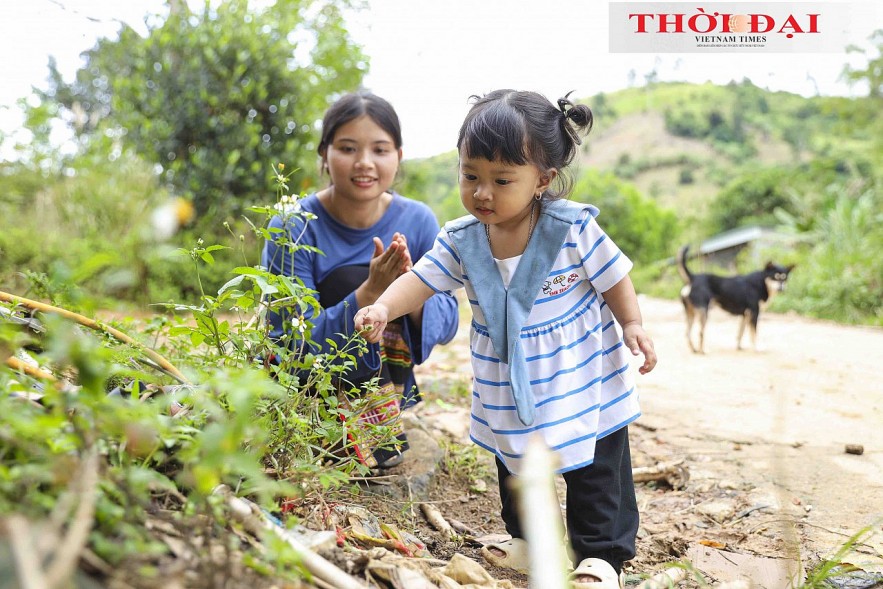 |
| H'Me Nie and her daughter Galy. (Photo: Dinh Hoa) |
H’Me Nie shared that Galy's name was given by her grandfather, inspired by a tranquil lake in the Bible. "A lake is calm, but my daughter is the exact opposite—always running around, full of energy," she laughed.
At 23, while still a university student, H’Me Nie faced an immense challenge-Galy was born prematurely at 35 weeks, weighing just over 2 kilograms.
"I was extremely worried that my baby would face health issues," she recalled. Thanks to the dedicated guidance of doctors at M’Drak District General Hospital, she was introduced to the Kangaroo Mother Care (KMC) method—skin-to-skin contact between mother and baby to maintain warmth and support development.
For 20 hours a day, baby Galy lay on her mother’s chest, skin to skin. However, H’Me Nie went beyond the recommendation, "I held her almost 24/7. Though I was exhausted, feeling her steady breathing in sync with mine gave me confidence and strength."
Not only the mother but also the father and grandparents took turns providing skin-to-skin care. As a result, Galy’s breathing stabilized, her body temperature remained steady, and she slept better, gaining weight consistently.
After discharge, H’Me Nie continued practicing KMC at home with support from the local health station. Healthcare workers frequently visited to offer guidance, encouragement, and even provided baby wraps and warm hats.
When Galy reached a healthy weight, H’Me Nie donated her baby wraps and supplies to the health station to help other mothers in need. "I hope this small gift brings the same hope and reassurance that I once received," she said.
Now 19 months old and weighing 10 kilograms, Galy is strong and lively. "Those days of holding her close will always be unforgettable memories. Even now, she still loves climbing onto me for a cuddle, just like when she was little," H’Me Nie shared with joy.
From hospitals to communities
Dr. Hoang Ngoc Anh Tuan, head of the Neonatal Intensive Care Unit at the Central Highlands General Hospital, revealed that after more than a decade of implementing KMC, an average of 56.7% of premature infants at the hospital receive this care each year. This significant achievement has been made possible through the support of Save the Children and various healthcare improvement projects in the Central Highlands.

